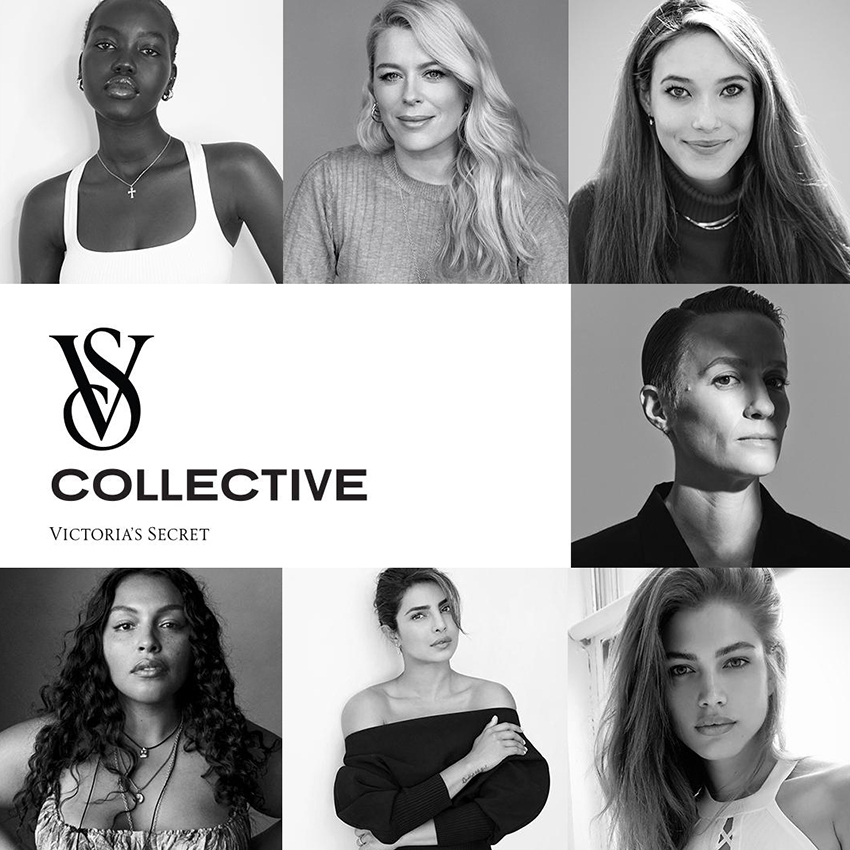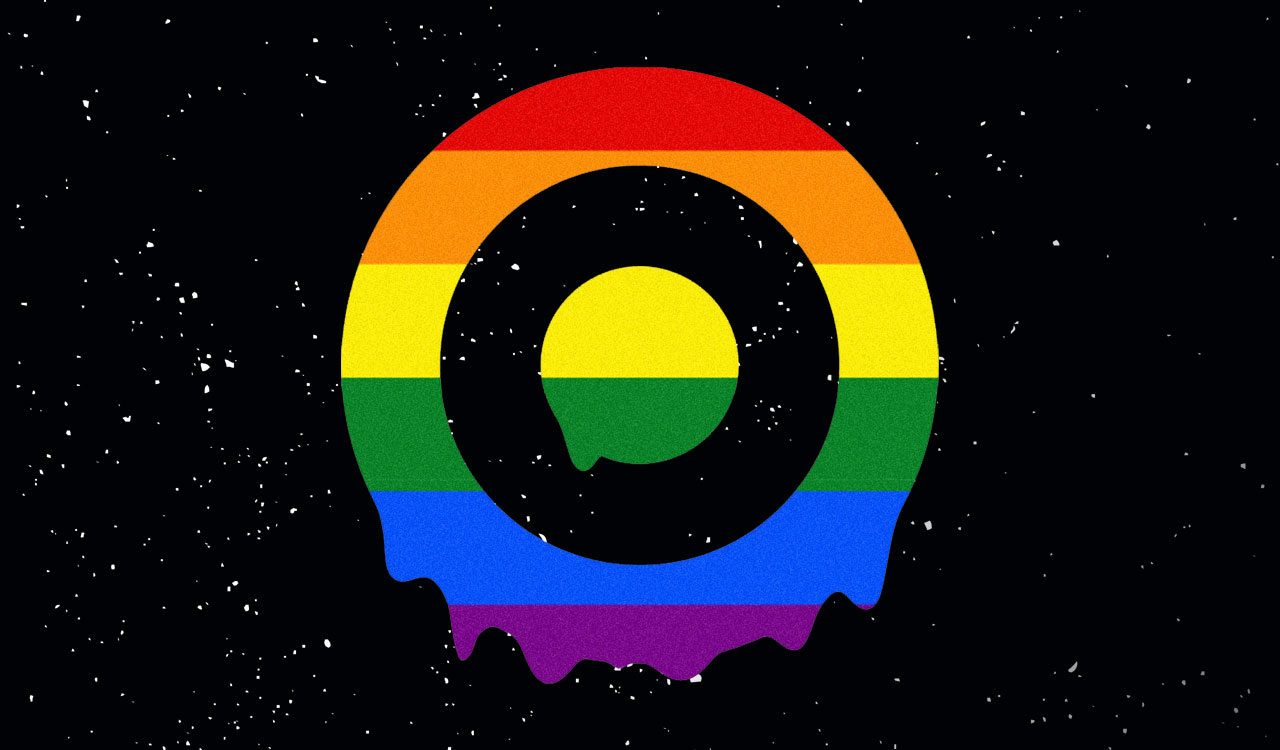In 2018 after three years of a steady decline in Victoria’s Secret’s share of market (from 32 percent in 2015 to 21 percent in 2020, according to Euromonitor International), a great awakening occurred among the brand’s leadership. Modern young women had zero interest in trying to emulate the brand’s sexy Angels or wearing soft-porn lingerie to appeal to a male fantasy. Comfortable in their own bodies, whatever their shape may be, they seek natural, authentic and honest products. While a consistent decline in share of market alone should have been a red flag, the next-gen drop in satisfaction with the brand should have registered a five-alarm call to disaster.
Downward Spiral
According to a YouGov poll in 2018 among 18 to 49-year-old women, VSC’s buzz score (whether consumers are hearing positive things about a brand) was 23, down from 31 in 2016 (for context, Amazon was the number-one brand with a buzz score of 36). By another measure, Victoria’s Secret’s customer satisfaction score dropped to 30 from a high of 42 in 2016. And the number of women who said they recently shopped at Victoria’s Secret dropped from 28 percent in 2016 to 17 percent in 2018. Even the iconic Victoria’s Secret Fashion Show in November 2017 had a 30 percent drop in viewership. Those metrics from over five years ago were a mere bellwether of things to come.
[callout]While a consistent decline in share of market alone should have been a red flag, the next-gen drop in satisfaction with the brand should have registered a five-alarm call to disaster.[/callout]
So, I wrote about VSC’s downward spiral in 2018. What is astounding to me is that while the great awakening may have started in 2018, it took another three years to be spun off, given a new CEO Martin Waters (former president and CEO of the brand’s international business) and a whole new leadership team to begin a major overhaul of the brand’s strategic positioning. I criticized former CEO Les Wexner for being way behind the curve well before the 2016 onset of the brand’s downward trajectory (however, I was surprised because throughout his career as a serial entrepreneur he was always ahead of several curves, creating major strategic firsts in the industry). His fatal miss was not recognizing and understanding the new young consumer culture with its new and transformative set of values. Accordingly, not initiating a repositioning of the brand well before 2015 was a catastrophic mistake.
Out of Time
Is it too late? We just got the grand announcement that there will be a profound 180-degree shift in the brand’s positioning. A new DNA will be created to align its product design, brand imagery and marketing with the values of the next-gen consumers. Waters said, “When the world was changing, we were too slow to respond. We needed to stop being about what men want and to be about what women want.” He went on to say that he wants the company to be a leading global advocate for female empowerment. It was also reported that a new board of directors will be formed with all women — except for one seat.
Moving On
The first move in the transformation was to dump the Angels, replaced by iconic, accomplished women who are comfortable in their natural body shapes. Here’s the all-star line-up: Megan Rapinoe, the 35-year-old pink-haired soccer star and gender equity campaigner; Eileen Gu, a 17-year-old Chinese American freestyle skier and soon-to-be Olympian; the 29-year-old biracial model and inclusivity advocate Paloma Elsesser, who was the rare size 14 woman on the cover of Vogue; and Priyanka Chopra Jonas, a 38-year-old Indian actor and tech investor.
They are called the VS Collective and will act as advisors to the brand, appear in ads and promote VSC on social media. I must say that while we will not immediately know if the brand is too late in its turnaround effort, the power of these women becoming the face, voice and image of Victoria’s Secret will surely redefine aspirational role models for young women. While it is difficult for me, an older guy, to get into the next-gen’s minds, it would seem that the new paradigm for female power is to be confident, smart, accomplished, inclusive and totally comfortable in whatever body one has.
Three Barriers
So, in my opinion establishing the Collective was a very good first step. However, there are three potential, major barriers to VSC’s transformation.
- While VS did nothing as its market share was plummeting, the consumers that left discovered new brands that were like little speedboats circling around the mother VS battleship. The smaller, agile boats stole those consumers away by appealing to the cultural values that VS is now trying to emulate to lure them back. The brands that rose to the top in the lingerie wars include Savage x Fenty, (Rihanna\’s lingerie line that has always included a range of sizes from petite to plus-size); Skims (Kim Kardashian\’s shapewear brand and official underwear company for the U.S. Olympic team); Aerie; ThirdLove; Maidenform; Everlane; True & Co.; Lively and Journelle.
- How will consumers accept a totally new DNA, still cloaked in a rather broken brand name? Are they going to view VS’s attempt to reclaim dominance as disingenuous and insulting to their intelligence? Will the cynics see the rebranding as a futile hail Mary pass to save the brand? And if VS gets everything right in the repositioning, will enough of their once loyal consumers return, and will new consumers give it a shot to bring it back to relevance? Will any of this stick? Or is it literally too little, too late?
- Perhaps the biggest barrier is the name itself. If VS totally changes everything from product, imaging and models to the stores and marketing messaging, can the name remain the same? This is what I call a brand problem and a disconnect with any emotional currency. The risk is pivoting the whole enchilada of its brand positioning and the many years and billions of dollars that Victoria’s Secret has spent pounding into our brains precisely what the VS brand stands for. Therefore, it may not even matter if they transform their fashion styling to serve the desires of the new consumer culture. In the minds of consumers, recreating VS’s DNA coupled with a radical shift in communicating what the brand stands for will not compute. Next-gen consumers want transparency, authenticity and relevance – not spin.
Victoria’s Secret 2.0
To win the hearts of today’s independent-thinking young women, it might be advisable for VS to openly acknowledge that it got way behind the curve where women and their new set of values were headed. A display of honesty and a determination to align the brand with everything women prefer could at least get customers back to give VS a second chance. To keep consumers coming back will require an entire reset, including, in my opinion, a new name.




